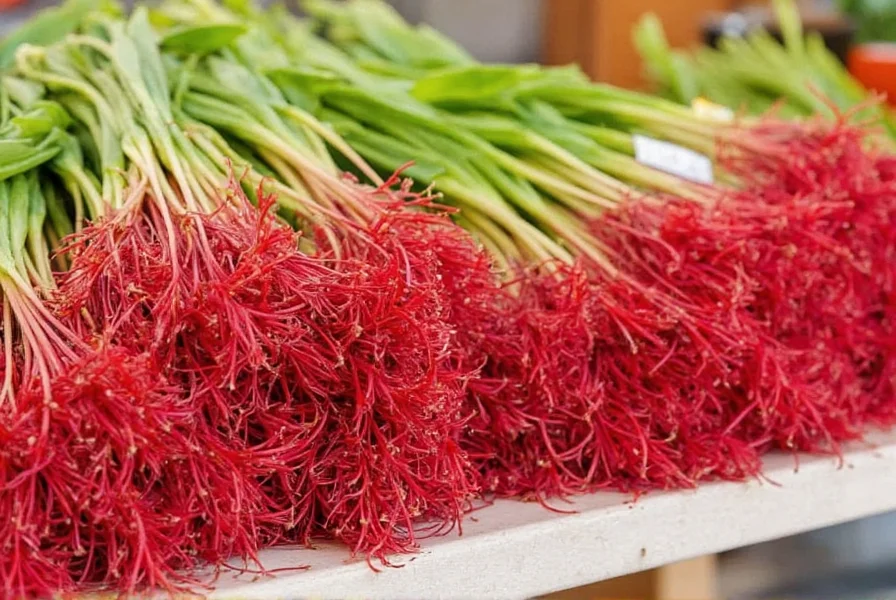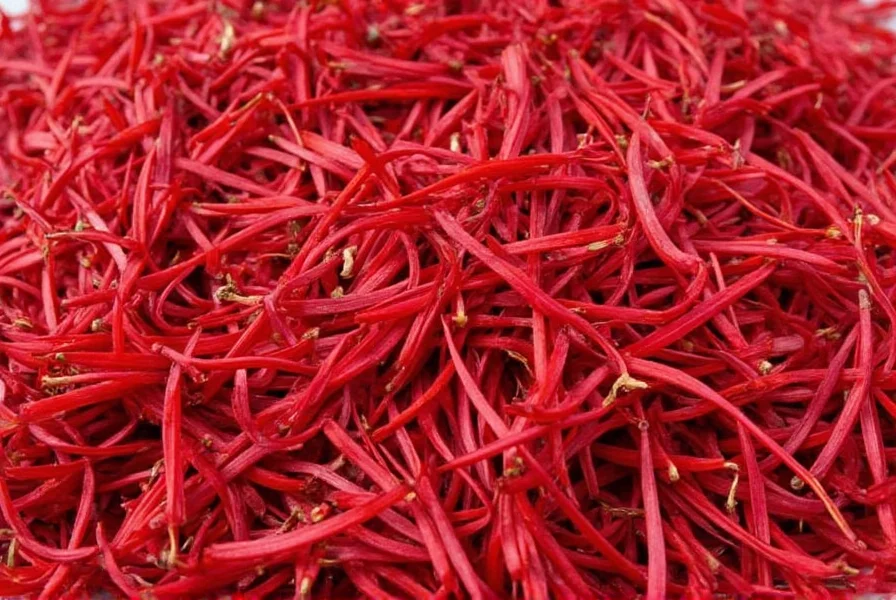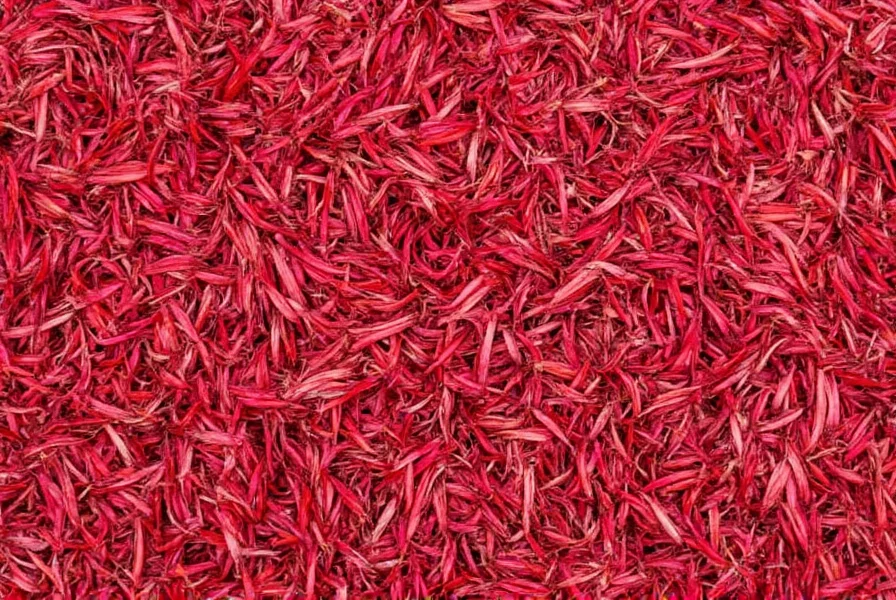The best time to purchase saffron corms (Crocus sativus bulbs) is between July and September for fall planting. High-quality corms should measure 2.5-3.5 cm in diameter, feel firm with no soft spots, and show no signs of mold. Expect to pay $0.50-$1.50 per corm from reputable suppliers, with significant discounts for bulk purchases of 50+ corms. Avoid sellers offering corms year-round or at suspiciously low prices, as these are often poor quality or incorrect species.
Understanding Saffron Corms: Your Path to Homegrown Saffron
For gardeners seeking to cultivate their own saffron—the world's most valuable spice—understanding saffron corms is essential. These aren't ordinary bulbs; they're the foundation of your saffron harvest. Unlike many garden bulbs, saffron corms have a narrow planting window and specific quality requirements that directly impact your yield.
What Exactly Are Saffron Corms?
Saffron corms, often mistakenly called bulbs, are actually underground storage organs of the Crocus sativus plant. This sterile triploid crocus doesn't produce viable seeds, making corms the only way to propagate saffron commercially. Each healthy corm typically produces 1-3 flowers in its first season, with each flower yielding just three precious red stigmas—the saffron threads.
Be cautious of sellers marketing Crocus cartwrightianus or other species as "saffron corms." True saffron comes exclusively from Crocus sativus, which has distinctive purple flowers and red stigmas. Other crocus varieties may look similar but won't produce authentic saffron.
Optimal Timing for Purchasing Saffron Corms
Timing is critical when buying saffron corms for sale. The ideal purchasing window runs from late July through September in the Northern Hemisphere. This timing aligns with the corms' natural dormancy cycle, ensuring they're ready for fall planting (September-November).
Buying outside this window raises red flags. Corms sold in spring or early summer have likely been artificially stored and may have reduced viability. Dormant corms purchased at the right time typically achieve 85-95% sprouting success, while off-season purchases often drop below 60%.
Evaluating Quality: What to Look for in Saffron Corms
Not all saffron corms deliver equal results. Professional growers prioritize these quality indicators when sourcing corms:
| Quality Indicator | Acceptable Standard | Poor Quality Sign |
|---|---|---|
| Size | 2.5-3.5 cm diameter | Under 2 cm (low yield potential) |
| Firmness | Firm with slight springiness | Soft, mushy, or shriveled |
| Surface | Smooth with brown husk | Mold, lesions, or unusual discoloration |
| Root Base | Intact, dry basal plate | Rotting or missing basal plate |
Larger corms (3+ cm) typically produce more flowers in the first season, making them worth the higher price per unit. Research shows corms under 2 cm diameter yield 30-50% fewer flowers than premium-sized corms.
Where to Find Reliable Saffron Corms for Sale
When searching for saffron corms for sale, prioritize these sources:
- Specialty saffron farms: Many commercial saffron producers sell excess corms after harvest season (July-September)
- Agricultural extension programs: Universities with crop science departments sometimes offer regionally adapted corms
- Reputable bulb nurseries: Established companies specializing in hard-to-find bulbs
Avoid generic marketplaces where sellers lack saffron-specific expertise. Look for suppliers who provide:
- Clear identification of Crocus sativus
- Harvest date information
- Guarantees on viability rates
- Region-specific growing advice
Price remains a reliable indicator of quality. Budget saffron corms under $0.40 each often represent last season's leftovers or inferior stock. Premium corms (3+ cm) typically cost $1.00-$1.50 each when purchased in small quantities.

Planting and Care: Maximizing Your Saffron Yield
Proper planting technique significantly impacts your saffron harvest. Plant corms 10-15 cm deep in well-draining soil with full sun exposure. Space them 10-15 cm apart in rows 20-30 cm apart. The ideal soil pH ranges from 6.0 to 8.0, with sandy loam providing optimal drainage.
Water thoroughly after planting, then maintain moderate moisture until sprouting occurs (typically 3-6 weeks). Once established, saffron crocus requires minimal watering. In colder climates (zones 5-6), apply 2-3 inches of mulch after ground freeze to protect corms.
First-year yields average 0.5-1 flower per corm, increasing to 2-3 flowers in subsequent years as corms multiply. Remember that each flower produces only three stigmas, requiring approximately 150 flowers to yield 1 gram of dried saffron.
Avoiding Common Saffron Corm Purchasing Mistakes
Many aspiring saffron growers encounter these pitfalls:
- Buying off-season: Corms purchased outside July-September often have reduced viability
- Misidentified species: Some sellers offer autumn-flowering crocus varieties that don't produce saffron
- Unrealistic yield expectations: One corm won't produce significant saffron; plan for at least 50 corms for meaningful harvest
- Ignoring climate suitability: Saffron requires specific temperature ranges (hot summers, cold winters)
When evaluating saffron corms for sale online, request recent photos of actual stock, not generic website images. Reputable sellers will provide specific harvest dates rather than vague "fresh for fall planting" claims.

Realistic Expectations for Home Saffron Production
While growing saffron can be rewarding, maintain realistic expectations. A single corm produces minimal saffron—typically 0.01-0.03 grams per season. For culinary use, plan to plant at least 50-100 corms to yield 0.5-1 gram of dried saffron annually.
Commercial saffron production requires approximately 150,000 flowers to produce 1 kilogram of dried saffron, explaining its high market value. Home growers should view saffron cultivation as a specialty gardening project rather than a cost-saving measure, though the satisfaction of harvesting your own saffron is unparalleled.
Final Considerations for Saffron Growers
Purchasing quality saffron corms represents the critical first step in your saffron-growing journey. By understanding proper timing, quality indicators, and realistic expectations, you'll maximize your chances of successfully cultivating this precious spice. Remember that saffron growing requires patience—established plantings improve over time as corms multiply underground. Start with a modest quantity to learn the process before expanding to larger plantings.
Whether you're an experienced gardener expanding your repertoire or a culinary enthusiast seeking the ultimate spice experience, growing saffron offers unique rewards that extend far beyond the kitchen. With careful selection of quality corms and proper planting techniques, you'll be harvesting your own saffron threads in just weeks after planting.











 浙公网安备
33010002000092号
浙公网安备
33010002000092号 浙B2-20120091-4
浙B2-20120091-4